I was by myself at the farm for a few months, and during that time it was hard to get much of anything started. I can’t even remember what projects I finished. It just didn’t amount to much. Most of my time was spent wandering around looking at whatever. There were plenty of old junk piles to pick through and branches to break underfoot.
Kristin moved up in November, easing the loneliness and becoming an inspiration to get some things done. We split wood, carried cedar posts out of the forest and tried to get our little room in order. That continues as Kristin builds kitchen cabinets from scratch.

A few weeks ago, Gray came to live with us. Then Noel started living at the farm most of the time. In a few days, Danielle will be here and the farm will have its full crew.
The animal workforce – in addition to the human mules – is trickling in to the farm. A few weeks ago, Noel brought five barred rock chicks home. Gray built them a small chicken sled, which is a variation of chicken tractor but without wheels.
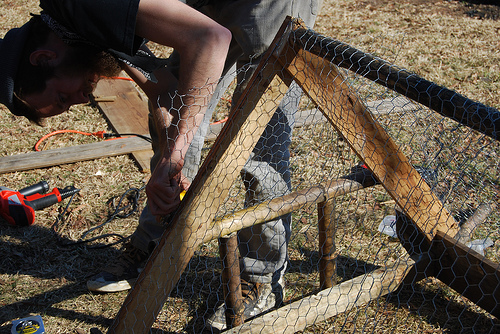
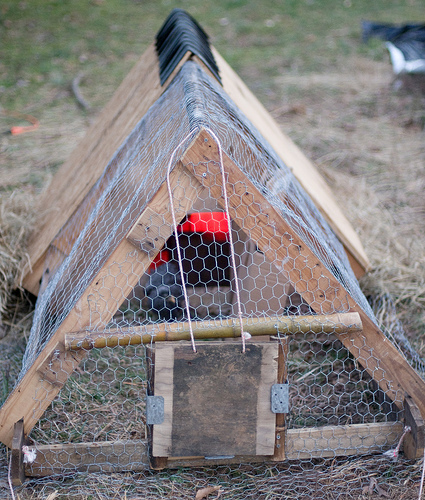
We use our daylight free time to watch the chicks’ evolution from little puffballs into dirt scratching, bug eating, fertilization helpers. Their first contribution to the farm is their crap, with eggs still months and months off.
Oh, and just so you know, the chicks are Bosco, Scritchy Scratch, Rufous Beaver, and Peachy Tips. One remains unnamed, but Kristin wants to call it Mike Slaton. I said it might be confusing when it comes time to put Mike Slaton in a roaster. People might get the wrong idea about us if they overheard the conversation…
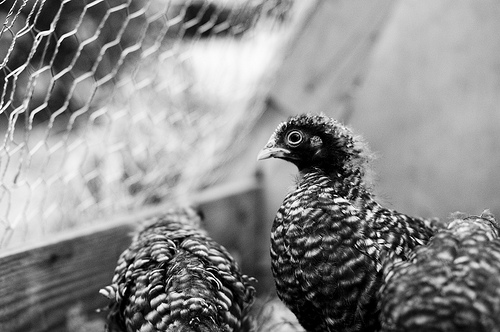
Speaking of Mike, he is hoping to raise up turkeys on some adjacent land:
If you are interested in having a delicious, pastured, naturally raised, Heritage breed turkey on your table for Thanksgiving this year please consider purchasing one from me. Here is how we are going to do it:
In order to meet everyones’ demand for a turkey this year, a CSA type situation would work best. In order to help me as a farmer with the initial costs, including buying the poults, feed, structural needs, etc. These considerations and processes are starting now, because it can takes up to 7 months to raise Heritage breed turkeys to maturity. If you are interested please let me know and we can discuss the CSA process (which will more than likely be an initial $25 payment up front, and the rest being paid upon pick up or delivery). Depending on your desired weight, etc.
As of right now the breeds I am highly considering are:
Bourbon Reds (Originally bred in Bourbon County, KY. Bluegrass region in the late 1800′s)
Narragansett (Brought to America by English and European colonists in the 1600′s)
Black Spanish (Originated in Europe as a direct descendent of the Mexican turkeys carried home with explorers in the 1500′s)
Each of these varieties size up to be beautiful, heavy breasted table birds with a very rich flavor. Your interest and support in this venture will be helping to promote raising livestock sustainably, on pasture, just the way they were meant to be. While also supporting locally, environmentally responsible young farmers! Please feel encouraged to contact me with any questions about this CSA program, Heritage breeds, etc…
Mike Slaton – Sustainable Farmer – Pittsboro, NC
Last Sunday I helped Gray put in the last row of posts for the new goat fence. Floretta the goat arrived Sunday night, but the fence wasn’t finished for her arrival. It still isn’t…
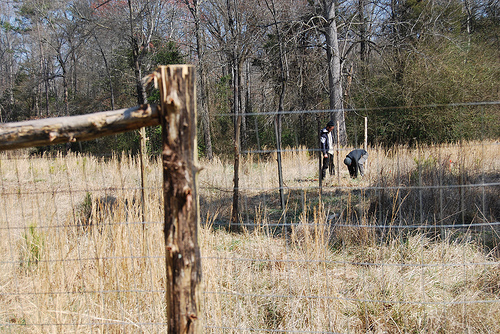
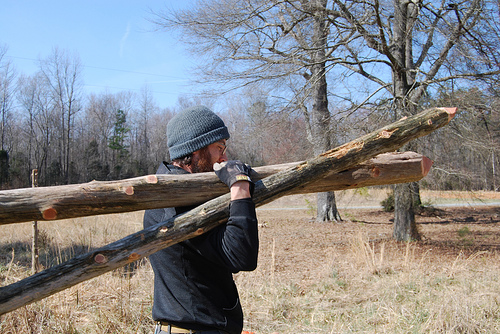
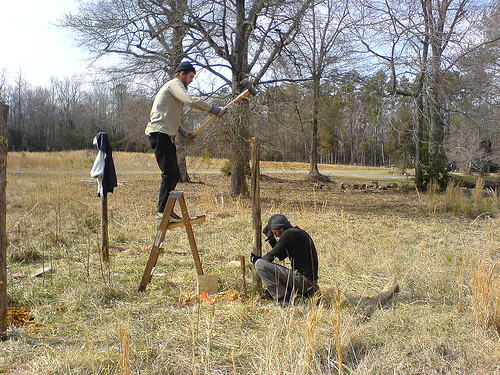
Floretta is getting into her new surroundings and her new collar, eating up the tall grass and pine saplings.
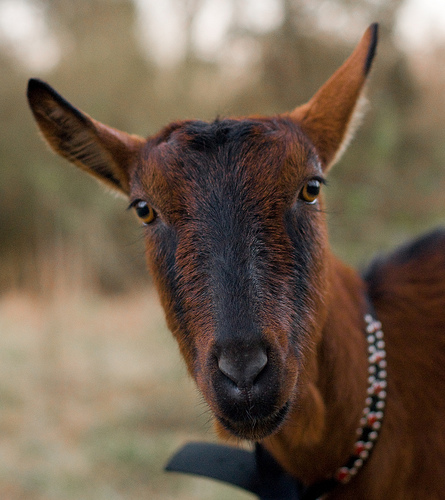
She is also getting used to the dogs, which she has headbutted a few times. The dogs got the message…

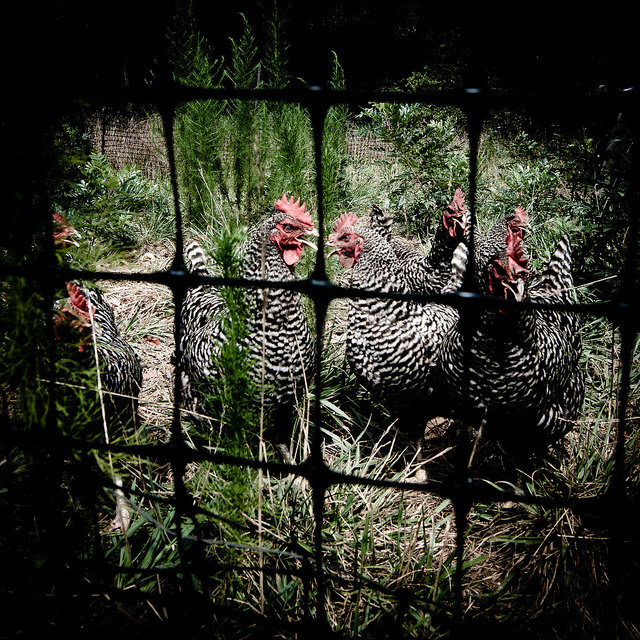

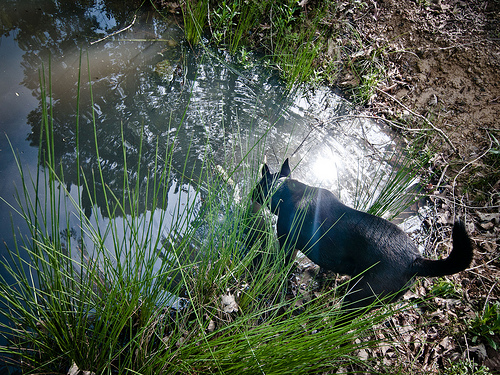

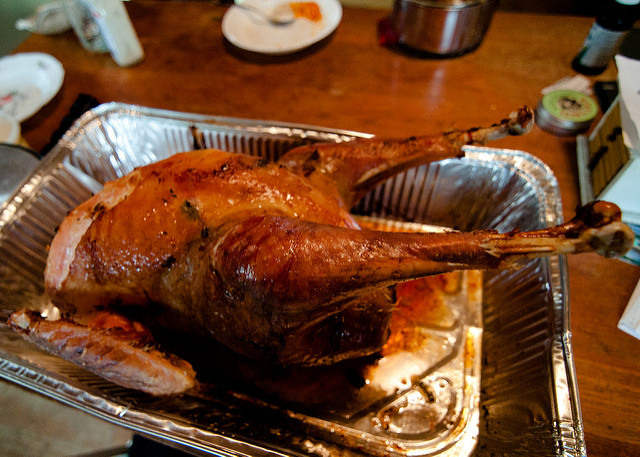

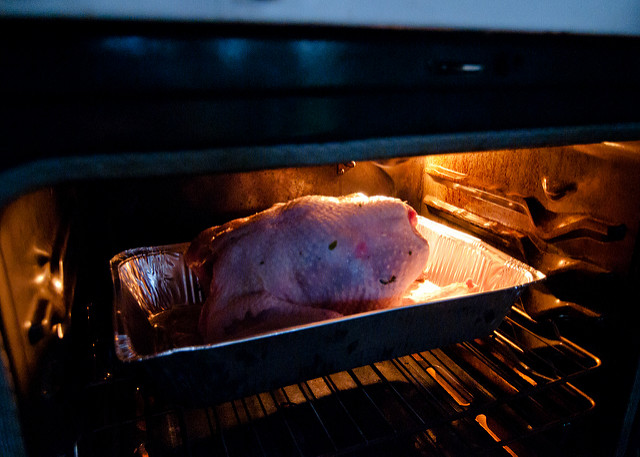
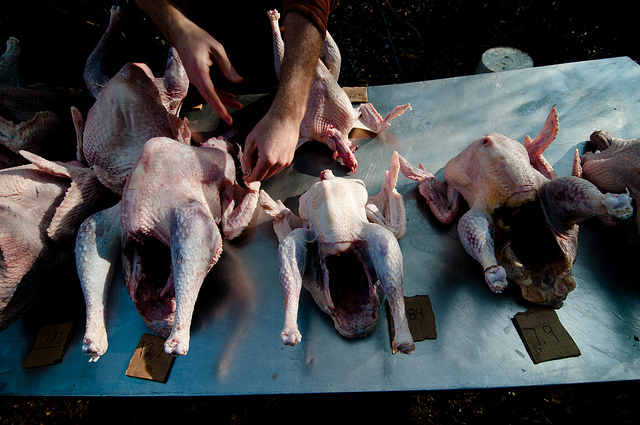
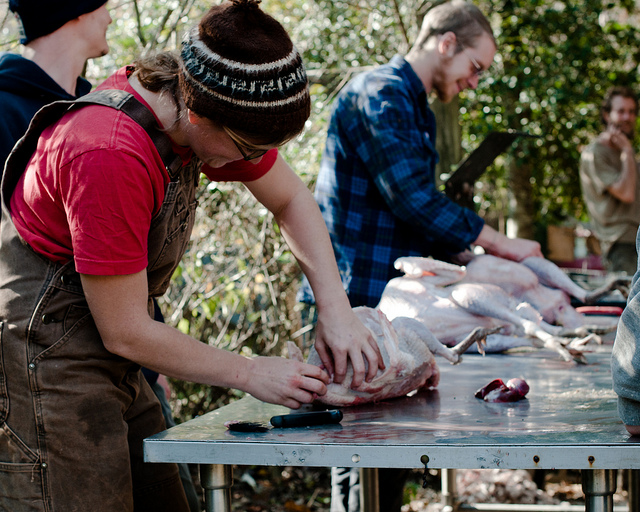
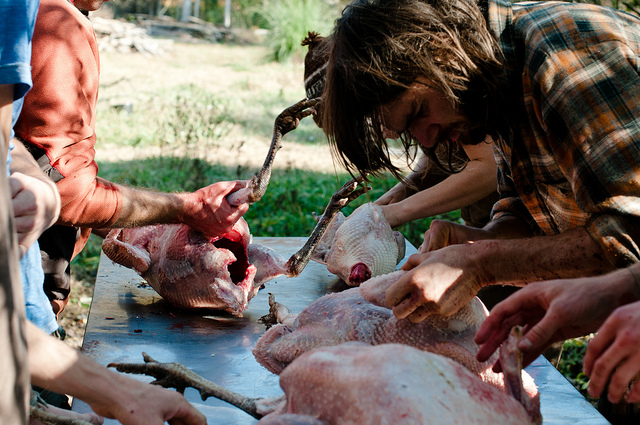
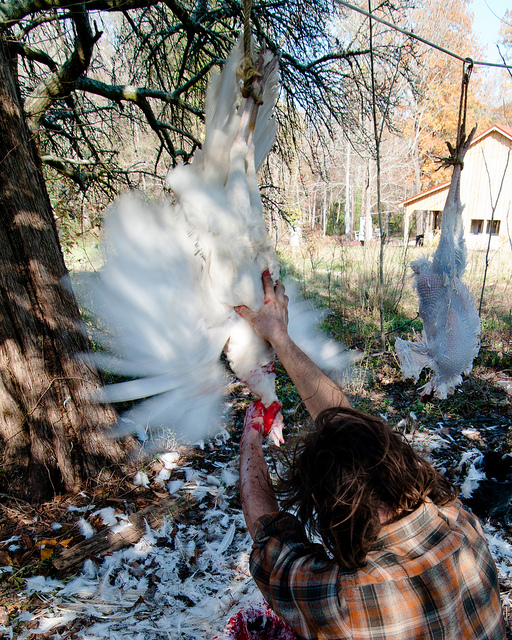
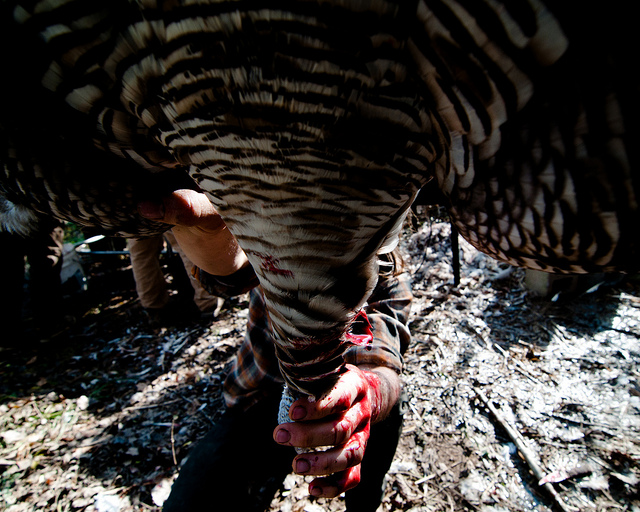
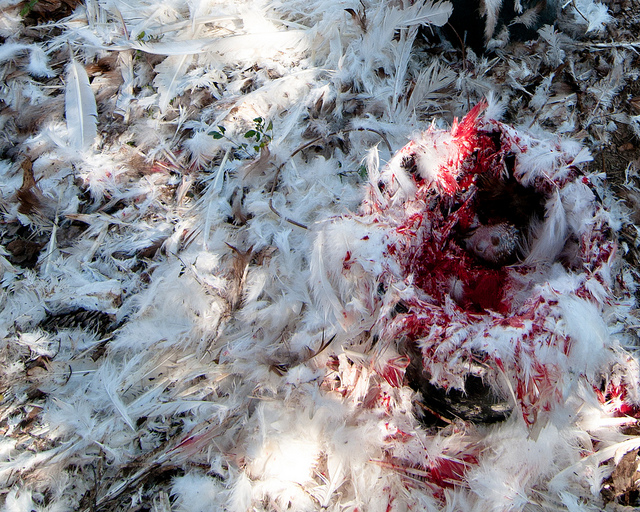
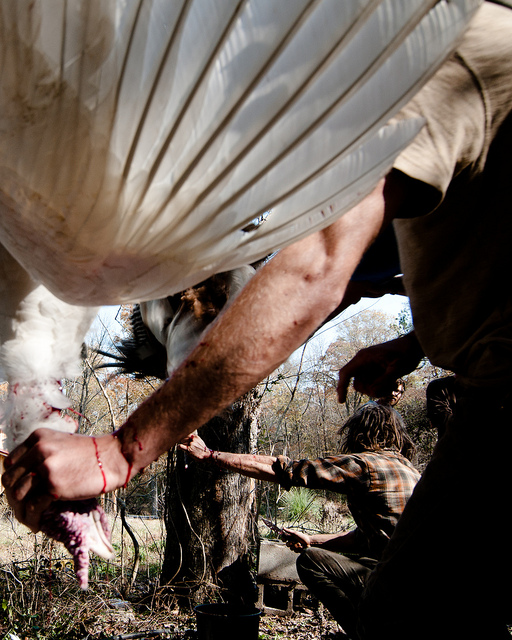
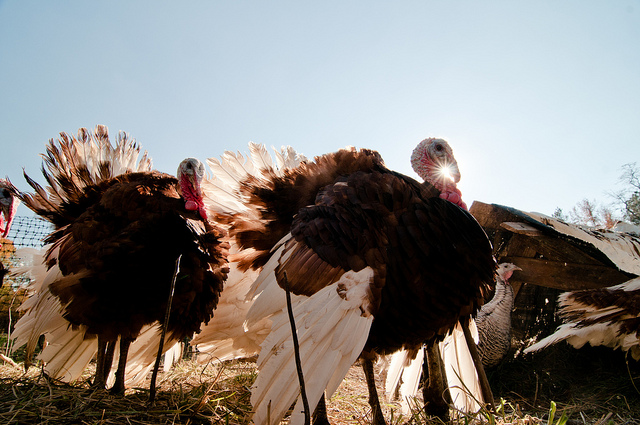
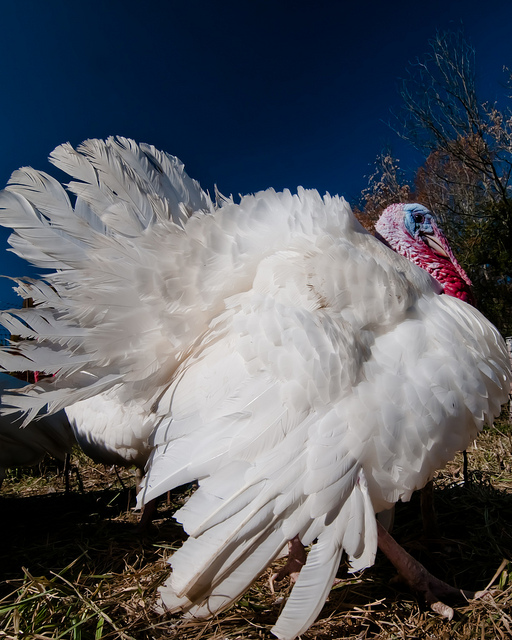
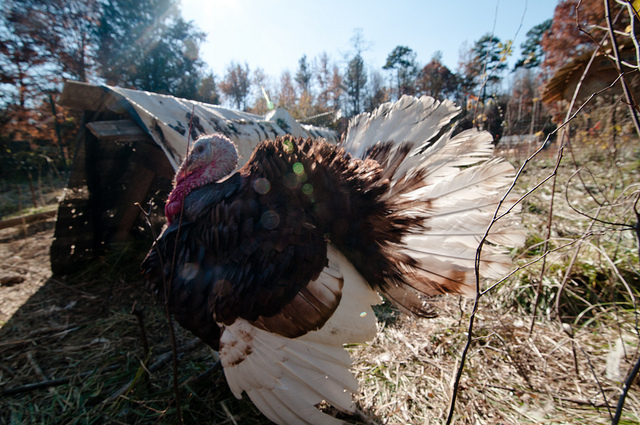
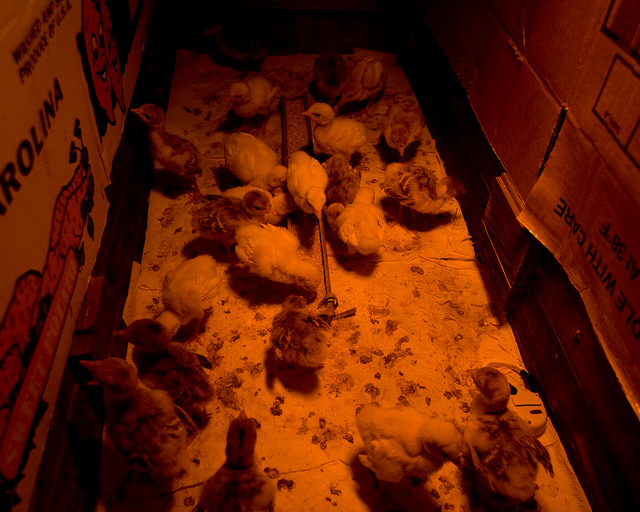
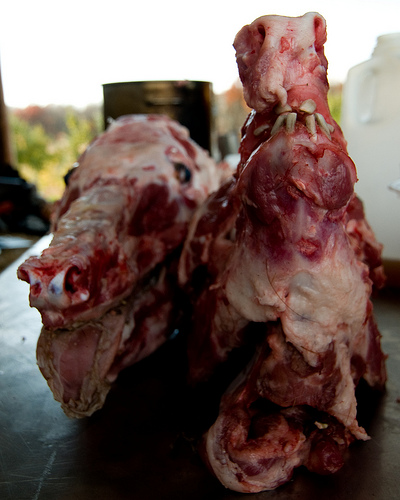

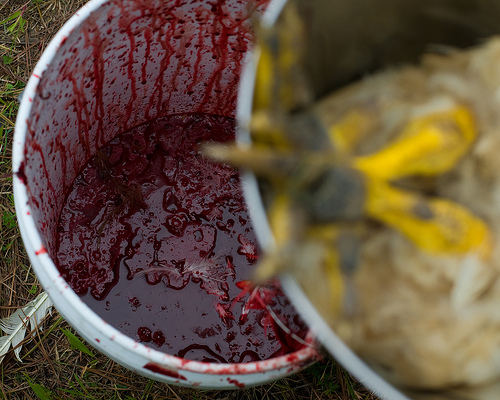
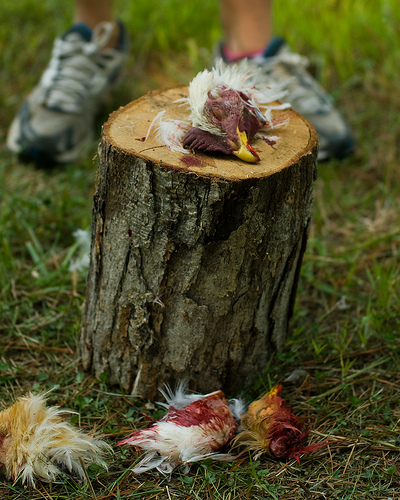
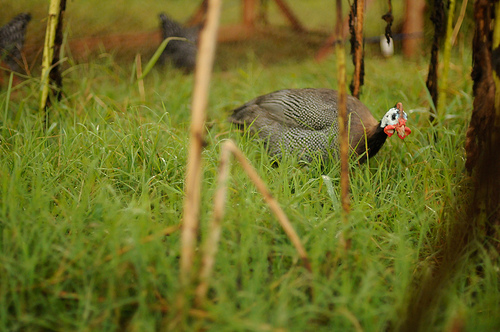

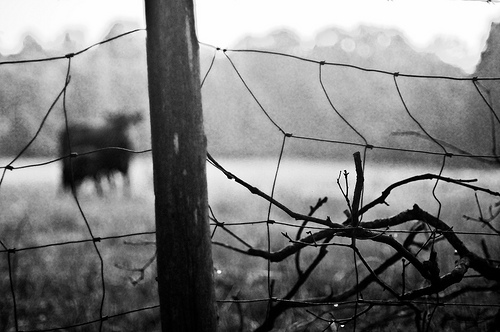
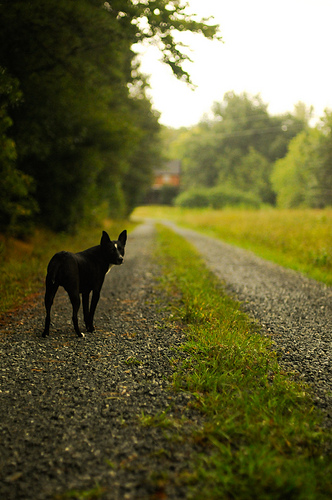
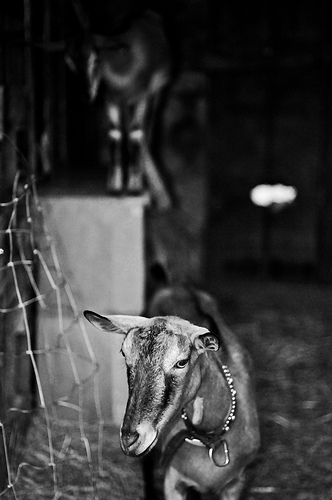
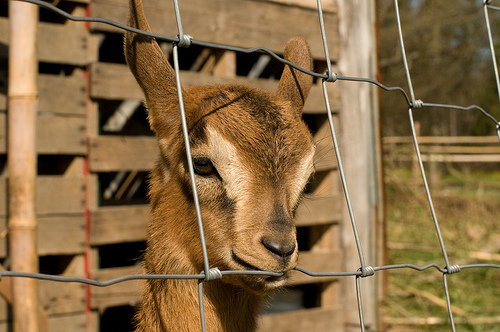

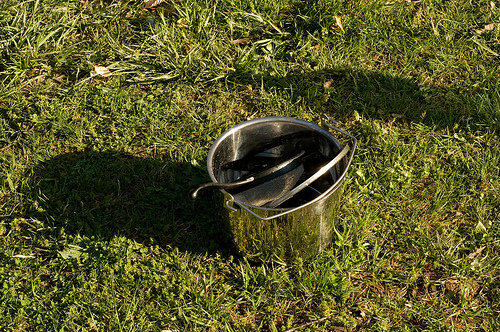
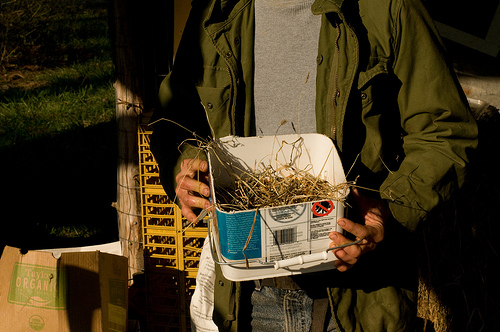
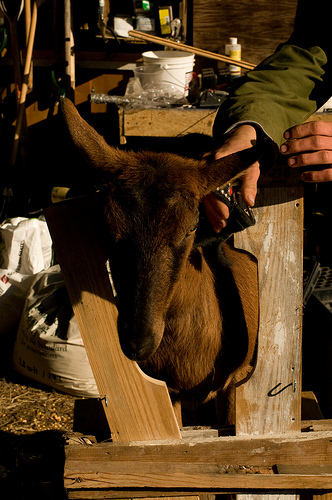
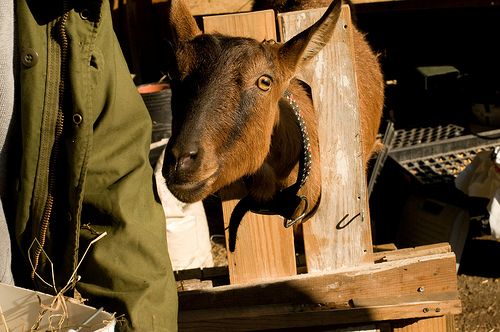
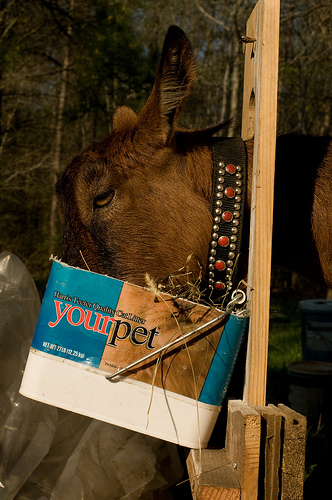
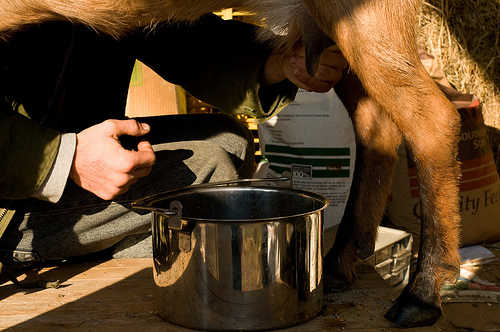
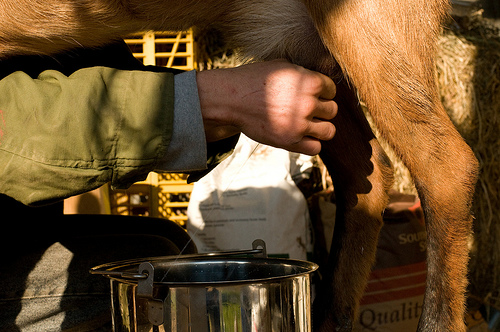
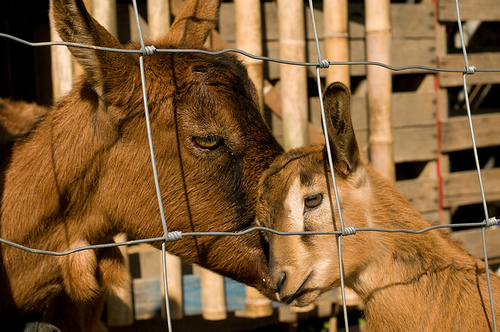
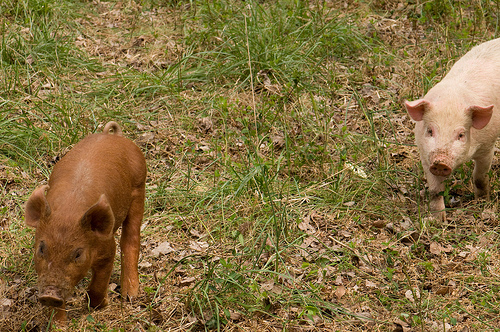

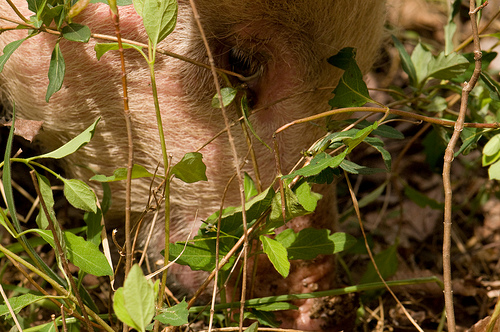
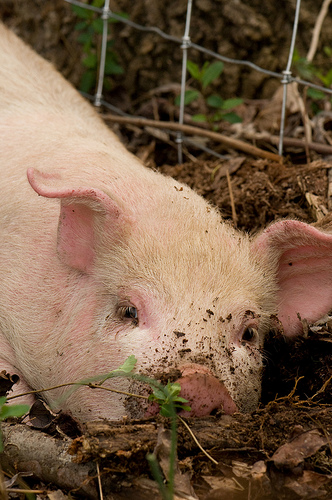
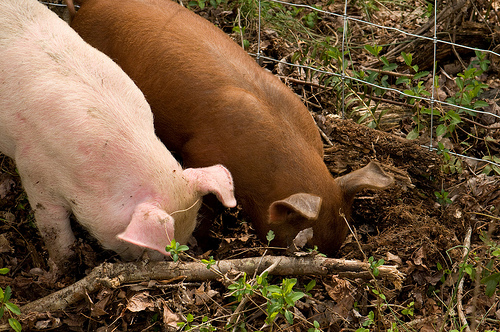










April 28, 2011 at 1:37 pm
Brother is my grand dog and I’ll tell Gray that he needs a curfew
May 25, 2011 at 8:41 pm
This is hilarious! Much like Hazel and her exercise ball! ALSO, there’s no way that you’re grumpier than I am when woken up. It scares even me.